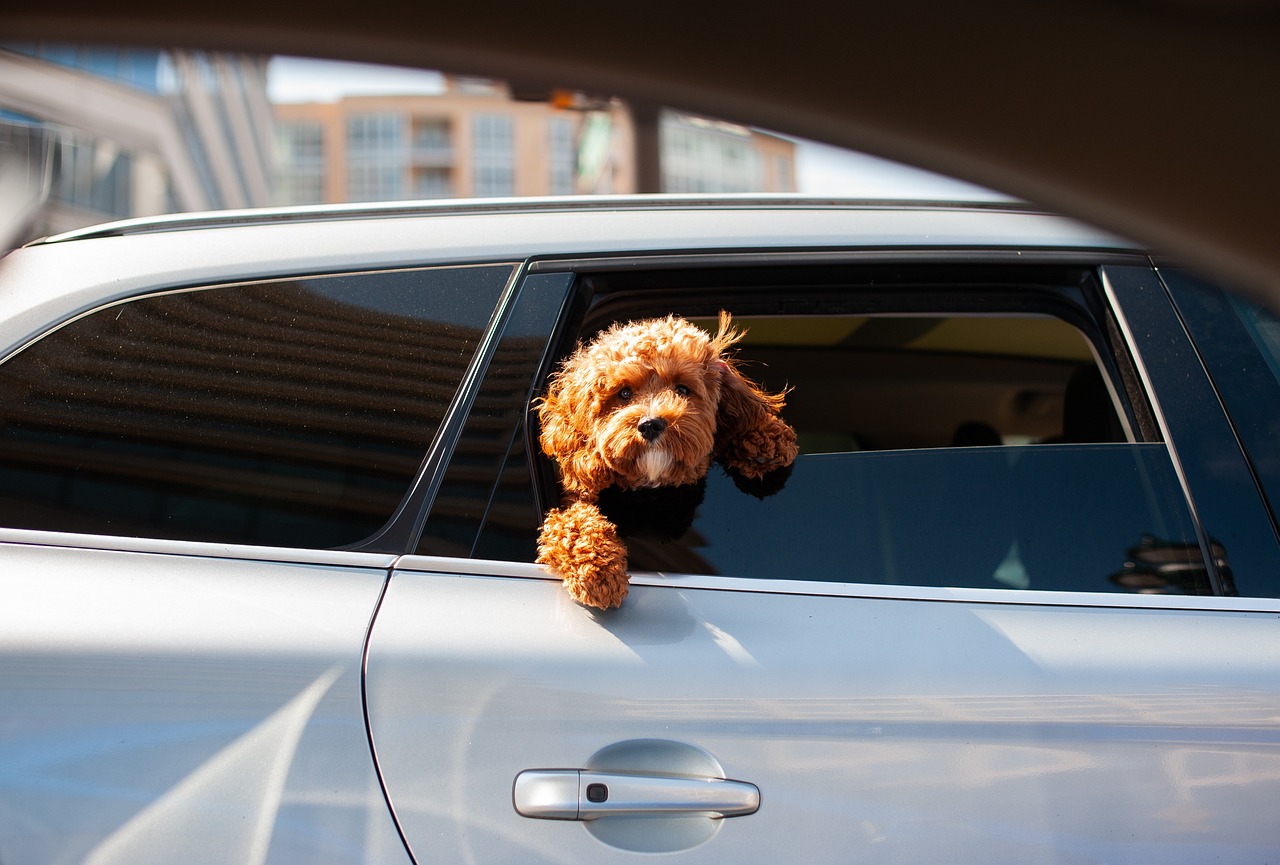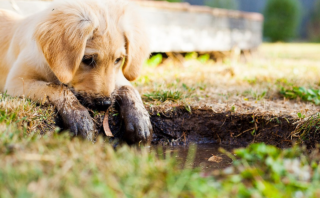Engaging Kids in Dog Training: 6 Fun and Easy Steps
Understanding the importance of having a well-behaved canine companion is a crucial life lesson for children. Involving children in dog training activities not only fosters a sense of responsibility, but it also strengthens the bond between the child and their four-legged friend. Hence, dog training for kids isn’t just beneficial – it’s downright exciting and fun.
The Basics of Dog Training for Kids
Before jumping straight into the training exercises, it’s important to grasp certain training basics. These basics will shape the success of any training efforts overall.
Firstly, training takes time. Do not rush through this process. Secondly, consistency is key; children should be instructed to use the same words, gestures, and rewards each time. Lastly, remember to keep the sessions short, fun, and regular.

Simple Commands
Starting with simple commands is a great way to involve kids in dog training. These include commands such as “Sit,” “Stay,” “Come,” and “Heel.” Children can easily learn and demonstrate these commands to dogs. It also gives them an immediate sense of accomplishment, keeping them motivated.
Reward-Based Training
Reward-based training works best with children due to its positive reinforcement aspect. It involves providing a reward, like a treat or praise, whenever the dog correctly performs a command. This form of training tends to yield more consistent and positive outcomes.
The Role of Supervision
As beneficial as dog training may be for kids, supervision is essential. Remember, not all interactions between children and dogs will be predictable. Therefore, always have an adult present during training sessions to ensure both the child’s safety and the dog’s.
Dog Training Tools
Dog training tools can range from leash and collar sets to training clickers. The trick is to use these tools effectively.
Training Clickers
Training clickers help to mark the desired behavior at the exact moment it happens, paired with a reward. They allow children to communicate with their dogs in a clear and concise way.
Leash and Collar
Investing in a good-quality leash and collar is essential. These elements form the foundation of many training exercises. It’s a good practice to engage kids in choosing the right leash and collar, teaching them about the importance of comfort in controlling the dog.

FAQ
Q: How can children be involved in dog training?
A: Start by teaching them about basic dog behavior, and slowly introduce them to commands like ‘sit,’ ‘stay,’ and ‘come.’ Always supervise these sessions.
Q: How old should a child be to help train the dog?
A: This really depends on the child’s maturity level. Generally, children above six can start participating in basic dog training activities under supervision.
Q: How can I keep my child safe during dog training?
A: Always oversee training sessions. Teaching the child to understand and respect the dog’s space is also important, as is choosing a non-aggressive breed if you’re getting a new pet.
Q: What if my child gets frustrated when the dog doesn’t listen?
A: It’s important to convey that training takes time. Encourage patience and persistence, and stress the importance of rewards for good behavior.
Q: Are classes for dog training necessary?
A: While not absolutely necessary, professional dog training classes can be very beneficial, serving as a controlled environment where both the child and the dog can learn together.
Conclusion
Dog training for kids is a rewarding task that teaches children about responsibility, empathy, and patience. It also serves as an excellent bonding activity between child and pet, making their relationship stronger and more fulfilling. The journey is sure to be filled with a couple of hurdles, but with a little persistence, the rewards are absolutely worth it. Remember, the aim is to make the whole process fun for both the child and the dog. And of course, always prioritize safety. With these guidelines in hand, here’s to embarking on a memorable journey of friendship and growth!



